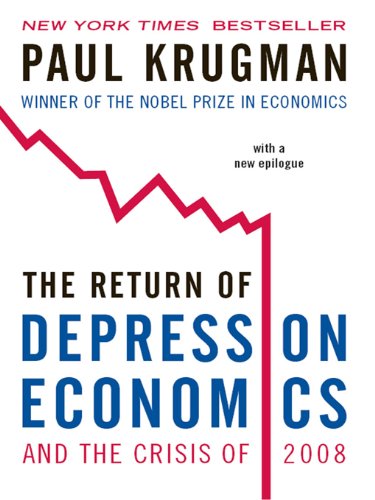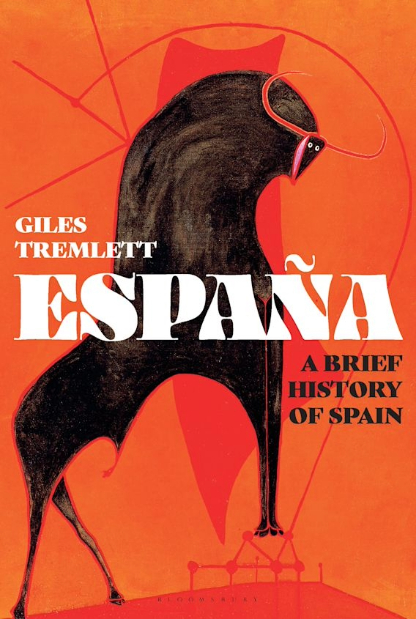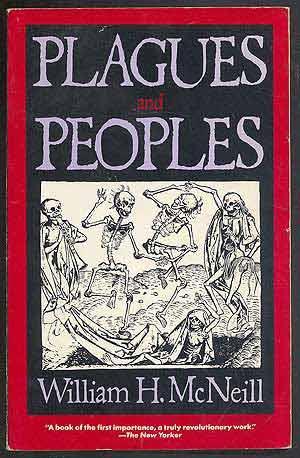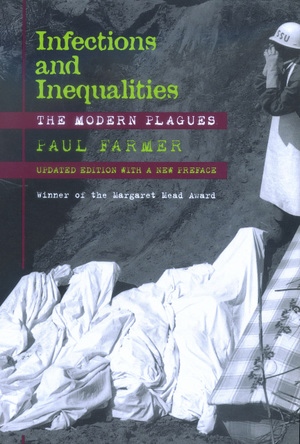Rodrigo Duterte: Fire and Fury in the Philippines, Jonathan Miller, Scribe, 2018, pp. 346, $17.95, ISBN 978-1-947534-34-6, also published as Duterte Harry: Fire and Fury in the Philippines
The language of diplomacy is often bland, but always measured and appropriate. It aims to foster good relationships, build trust between the State and the citizens, and ensure that the government is presented to the world as confident, polite and hard-at-work.
“Who is this stupid God? This son of a bitch is then really stupid”, said President Rodrigo Duterte of the Philippines, expressing his dismay at the story of Adam and Eve and using his signature phrase that reverberates throughout the world at every uttering. Putang ina. Son of a bitch. These words became the few Tagalog words that foreigners have come to identify in the noisy world of politics. Barack Obama, Pope Francis, UN Human Rights Commissioner Zeid Ra’ad al-Husseini, and Noynoy Aquino to name just the most well known around the world have been adorned with the Duterte-favorite epithet; to say nothing of the Filipino bishops, human rights defenders, and social activists who have suffered not only verbal but physical abuse as a consequence.
Throughout the world, Rodrigo Duterte became known as Asia’s Donald Trump, which at once attempts to portray his brash and crass persona, but also reveals a profound lack of knowledge of the Filipino political scene. Trump’s words are hot air, while Duterte’s kill.
Channel 4 News Foreign Affairs Correspondent Jonathan Miller has written a chilling biography of Rodrigo Duterte, which reads much like an extended indictment of the man. Its subtitle “Fire and Fury in the Philippines” is a nod to Michael Wolff’s Fire and Fury: Inside the Trump Whitehouse. Wolff’s bestseller largely portrays a dysfunctional administration, with an emphasis on behavioral quirks. Likewise, Miller’s book focuses on Duterte, and his inner circle, and their reign of terror, while it omits the larger social and economic context that gave rise to these men. Readers looking for the latter should consult Richard Javad Heydarian’s The Rise of Duterte: A Populist Revolt Against Elite Democracy.
Miller begins by charting Duterte’s childhood. For all his populist rhetoric against ‘Imperial Manilla’, and the business and political elites that populate it, Duterte himself is its product. His father, Vicente Duterte was the governor of the province of Davao, the post he held for six years before he moved to serve in the cabinet of the notorious Filipino dictator Ferdinand Marcos. This endowed his son, Rodrigo Duterte, with certain privileges, such as having a personal detail drawn from the Philippine Constabulary, answerable at the time to the Ministry of Defence. He was “the most privileged teenager in Mindanao; a spoiled brat”. Miller contends that Rodrigo’s foul mouth, values, and obsession with guns stem from his bodyguards and the street-life culture they embodied. As Duterte’s sister confirms, it was through them that he adopted the persona of a bugoy, the term for hoodlum in the local Bisaya language. This portrayal appears rather anachronistic in that it draws a linear line from Duterte the teenager to Duterte the President. As if to prove the point about his universal character, Miller recounts his adolescent escapades. All the elements that would later characterize him as the President were there in his youth. As a youngster Duterte was disrespecting the clergy by throwing black ink on their tropical white cassocks, now he openly curses them. Once he was terrifying his classmates in an airplane which he was learning how to fly, now there are Death Squads and tandems that do his bidding. As a teenager, he sexually harassed his maid, now he verbally abuses female Senators and orders the army to shoot female rebels in the genitals. As the Secretary-General of GABRIELA, a Filipino mass women’s organization, Joan May Salvador stated, “every day under the presidency of Rodrigo Roa Duterte is a day of fierce resistance amidst waves upon waves of attacks on our rights”.
From Miller’s account, Duterte appears to have an unhealthy obsession with the figure of the Mother. Not only because of his putang ina comments but because his own mother, Soledad Duterte appeared to be the only one capable of taming the man. At her request, he would repent, be punished and remain quiet. Could his outrageous sexism be a form of rebellion at the authority wielded over him by his mother? He wished for his parents to be alive to see him become the President, crying at their grave hours after winning the polls.
Following the breakup of his marriage with Elizabeth Zimmerman, a clinical psychologist was commissioned to asses Duterte’s character. She asserted that Duterte ”is suffering from a Narcissistic Personality Disorder, with aggressive features”. One merely needs to look at his handling of criticism leveled against him by the brave journalists of Rappler, an online news website. Branded as “fake-news” and persistently attacked by State institutions, Rappler continued to criticize the government. This campaign culminated in the arrest of Maria Ressa, Rappler’s founder. Her crime? Cyber-libel. The cases abound. Senator Leila de Lima is an outspoken critic of Duterte’s war on drugs and her persistence in probing his past connections to Davao Death Squads drew the President’s ire. She was accused of “screwing her driver”, “screwing the nation”, with Duterte ending the despicable tirade proclaiming that de Lima was “whore-mother” and that “if she were my mother, I’d shoot her”. For her courageous stand against the President, de Lima ended up in jail.
As if to foretell much that will be written about him in the foreign press and in Miller’s book, the Doctor concluded that “his gross indifference, insensitivity, and self-centeredness, his grandiose sense of self and entitlement, his manipulative behaviors, his lies, and his deceits, as well as his pervasive tendency to demean, humiliate others and violate their rights and feelings” point to his “psychological incapacity” that is “serious, incurable and with antecedents”. It is precisely this that makes Miller’s book a harrowing read and underscores the urgency of the situation in the Philippines. What can such a man, when given power, do to a whole nation?
He can deceive, he can demean and humiliate, and worst of all, he can kill and he can get away with it.
Duterte’s 22-year rule over Davao City left an indelible mark on the city. Senator Antonio ‘Sonny’ Trillanes IV quipped that “In Davao, Duterte ruled like a king”. Indeed, in his campaign for the Presidency, Duterte reflected on his experience in Davao and offered the electorate the “Learn from Davao” platform. The platform consisted of political patronage, corruption, criminal links, and death. Alongside the State, businessmen were the major contributors to the mayor’s campaigns. The Philippine Commission on Audit’s 2015 report raised questions about his USD$14 million on 11,000 contract workers. The questions revolved around the hiring of ‘ghost workers’ who were paid for their hits from the government coffers. Approximately 10 monthly government wages amounted to a single hit paid to the executioner. Moreover, a percentage of the City’s budget was allocated to the Intelligence Fund, which was to be spent by the Mayor at his discretion. Needless to say, this money could grease the well-oiled killing machine organized under the banner of Davao Death Squad. Between 1998 and 2015, more than 1400 Davaoenos were murdered. “Locally”, Miller asserts, “it was, of course, an open secret that Duterte was the Godfather of the Davao Death Squad”. Duterte was the law, and anyone challenging the law was challenging him. This subjectivization of the law led to episodes such as the one described by Miller in which the mayor had forced a tourist to eat his cigarette, after he sat next to him and pointed a gun at his crotch, allowing the victim to choose between having his testicles shot, being sent to jail, or eating his cigarette. On other occasions, he slapped gamblers and directed traffic. During an interview in May 2015, Duterte said “they say I am the Death Squad? True, that is true”.
Extrajudicial killings were not only excused by Duterte but actively promoted as a way to deal with ‘drug-pushers’ and criminals.
When Duterte took office in June 2016, his killing spree went national. The most famous of these campaigns is the ongoing drug war. The bully pulpit is used to sound dog-whistles which activate the thugs who have come to be well-known around the Philippines. Wearing smoked-visor helmets over black balaclavas, and black shirts, black jeans with an unholstered Colt .45 – the Duterte gun – they always ride in pairs. They’ve come to be known as “tandems”. The going rate, according to Miller, is 10,000 pesos or $200 for a hit on an addict or a dealer. The suspected addicts and dealers are compiled into watch lists and ‘High-Value Targets’ or HVTs, and move up in the governing system from the smallest administrative units, called barangays, to the national level. The President is often seen brandishing them himself, instilling fear into the population. A separate “Narco-List” is kept by the President and is his personal list containing the names of politicians allegedly involved in drug trafficking. It would be interesting to know whether his own son Paolo Duterte is on the list, as he has been accused of being a member of the Triads, a transnational crime network, and involved in the drug trade. Duterte famously instructed the police to kill his son, if the allegations are proven true.
In late 2017, the Philippine National Police began deploying public drop boxes outside police stations into which people could place anonymous tip-offs. Virtually anyone could end up being a drug suspect. This fear could lead to the breakup of the social fabric as neighbors and communities settle vendettas unrelated to drugs by accusing one another of being an addict or a pusher. Being de-listed is a lengthy process that creates new obstacles as old are surmounted by those willing to submit themselves to ‘rehab’ programs that involved them attending lectures, being jailed, and punished for missing a check-in with the police. As Jose Manuel ‘Chel’ Diokno, a prominent human rights lawyer, tells Miller, “unless you know someone high up in the PNP or in Malacanang [the President’s office and residence on the banks of the Pasig River], it is impossible to get delisted”.
During a press conference back in Davao in October 2016, Duterte said that “Hitler massacred three million Jews … there’s three million drug addicts. There are. I’d be happy to slaughter them” and likened himself to a cousin of Hitler. From July 1, 2016, when Duterte assumed the highest office, to June 2018, the PNP has recorded 23,327 homicides that are still under investigation. There have been at least 4,814 confirmed deaths in police anti-drug operations. The drug-lists are routinely used to target suspects. Duterte has defended this trend by claiming that only those who resisted violently were killed and has taken full responsibility for it. His public admissions, accusations, and threats might help the prosecutors at the International Criminal Court should they decide to launch an official investigation into alleged crimes against humanity.
Surrounding himself with cronies and thereby concentrating power in himself, Duterte’s authoritarianism threatens to destabilize the Philippines and return the islands to the dark period of Marcos dictatorship. Is it surprising that Duterte ordered the rehabilitation of the dictator and his re-burial at the Cemetary of Heroes in Manila? Is it surprising that Duterte threatens to impose the “revolutionary government” and suspend the constitution? As those who oppose him are detained behind bars, or worse still, shot dead, there are fewer and fewer obstacles to Duterte turning into Marcos.
Jonathan Miller’s Rodrigo Duterte tells the story of a man obsessed with murder. Death occurs throughout the book in various forms and violence accompanies it closely. It is a harrowing read that should raise concern and sound the alarm bells about the state of democracy in the Philippines. Before it is too late.




